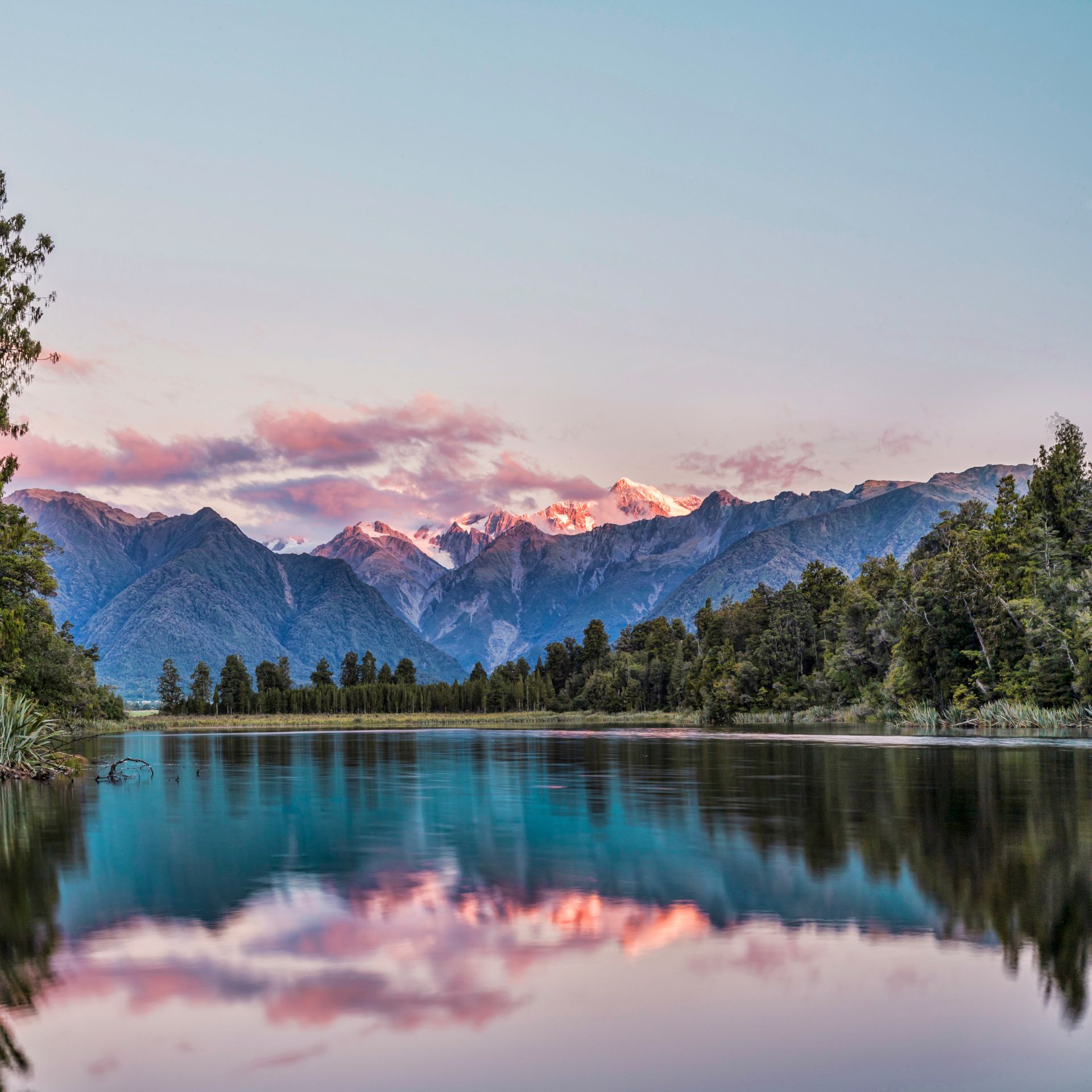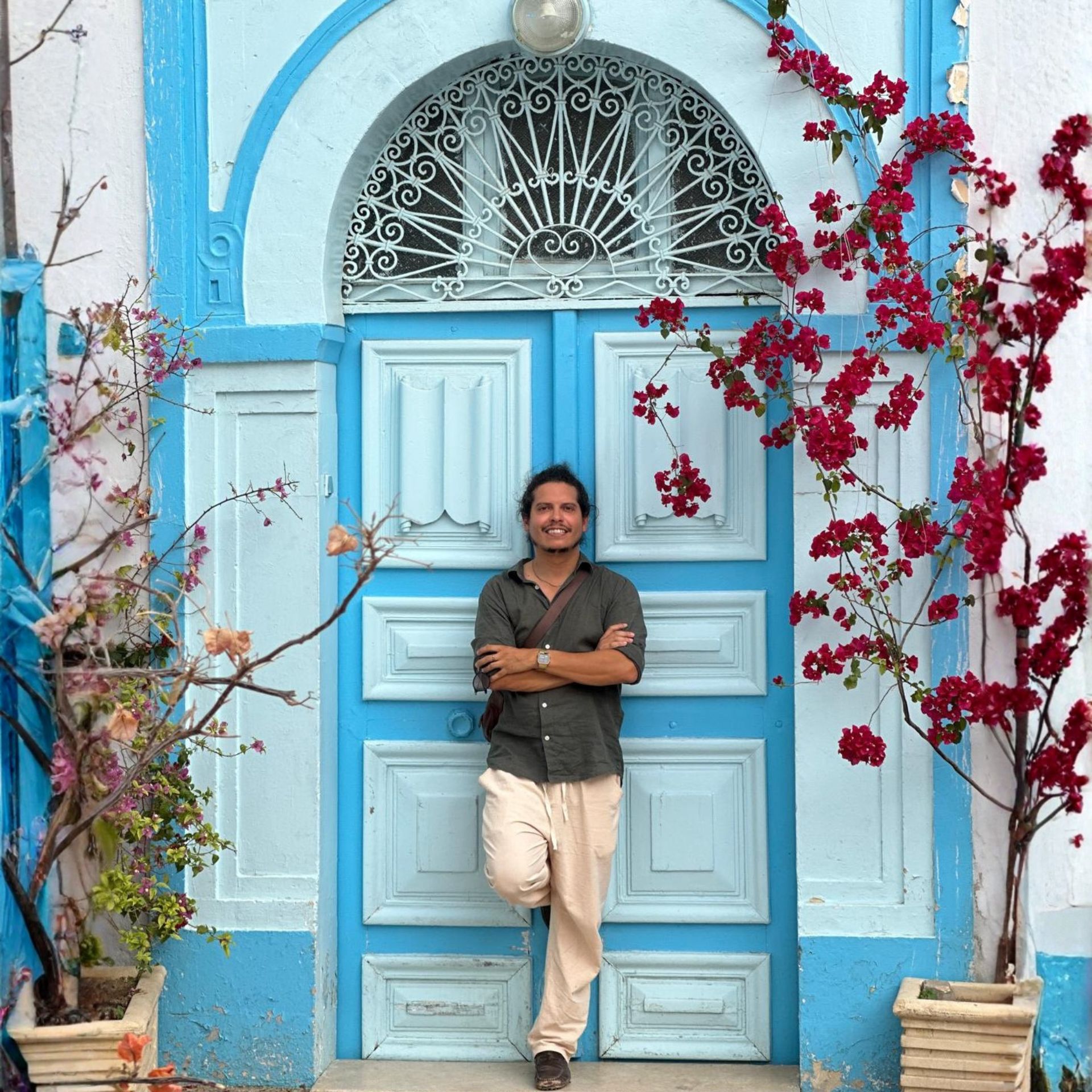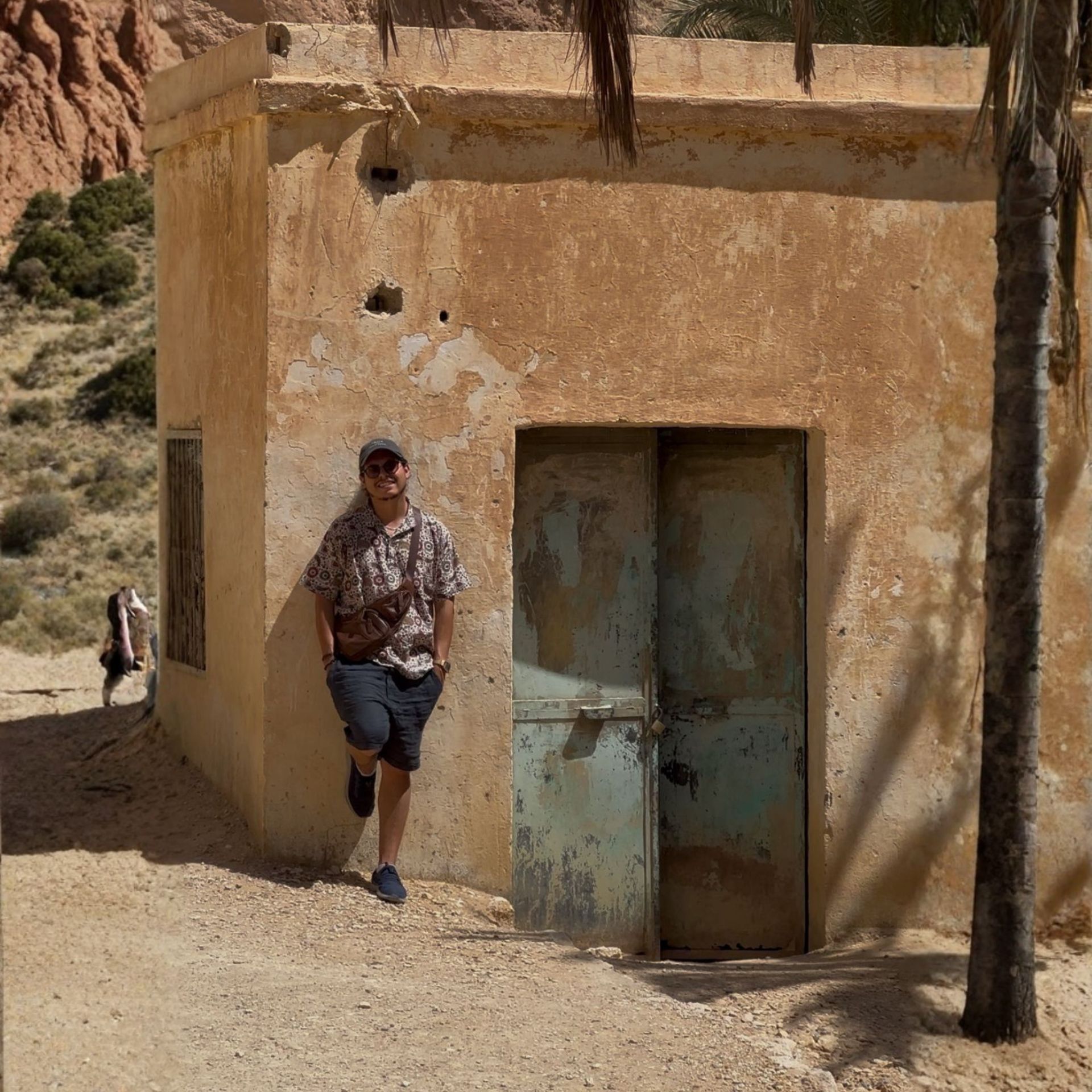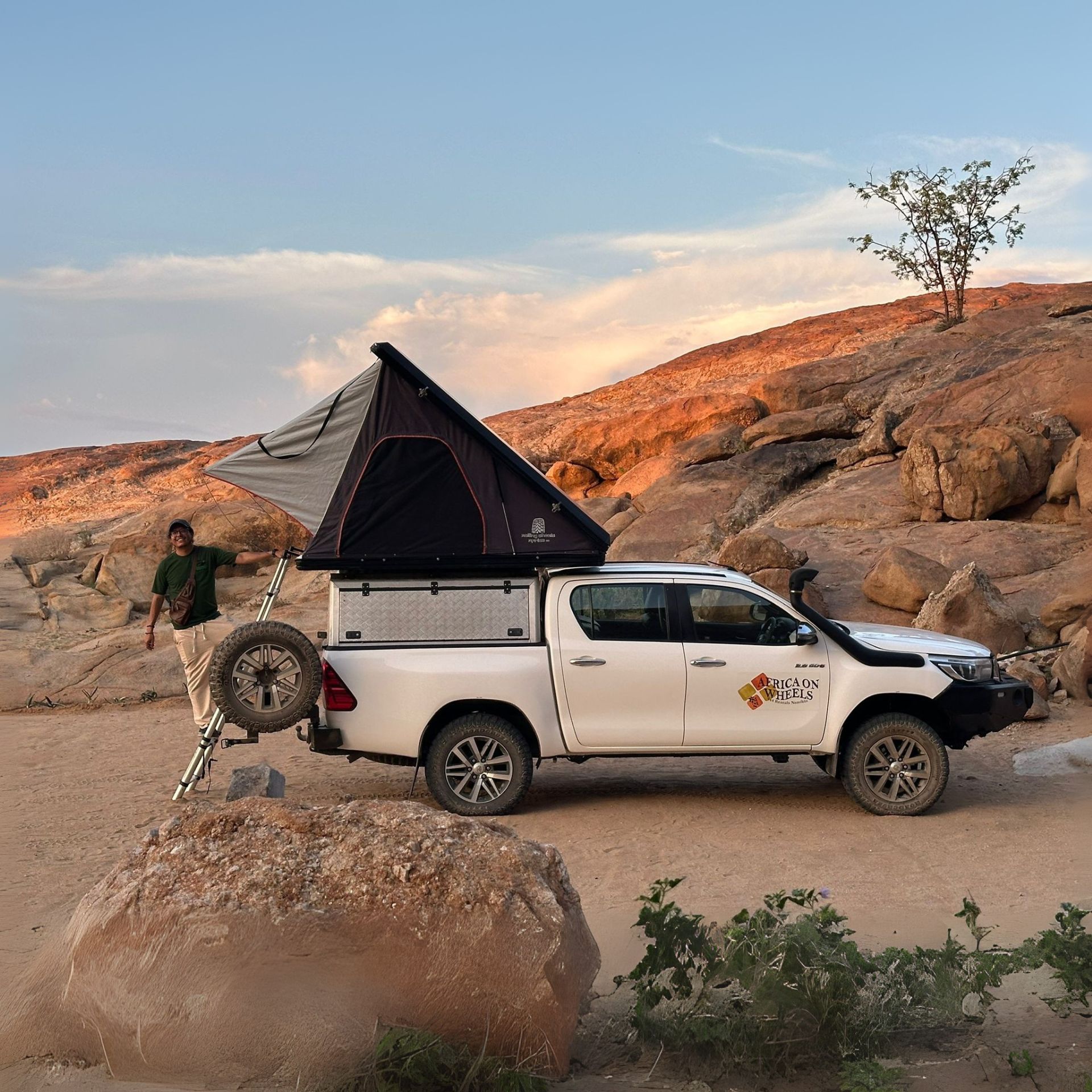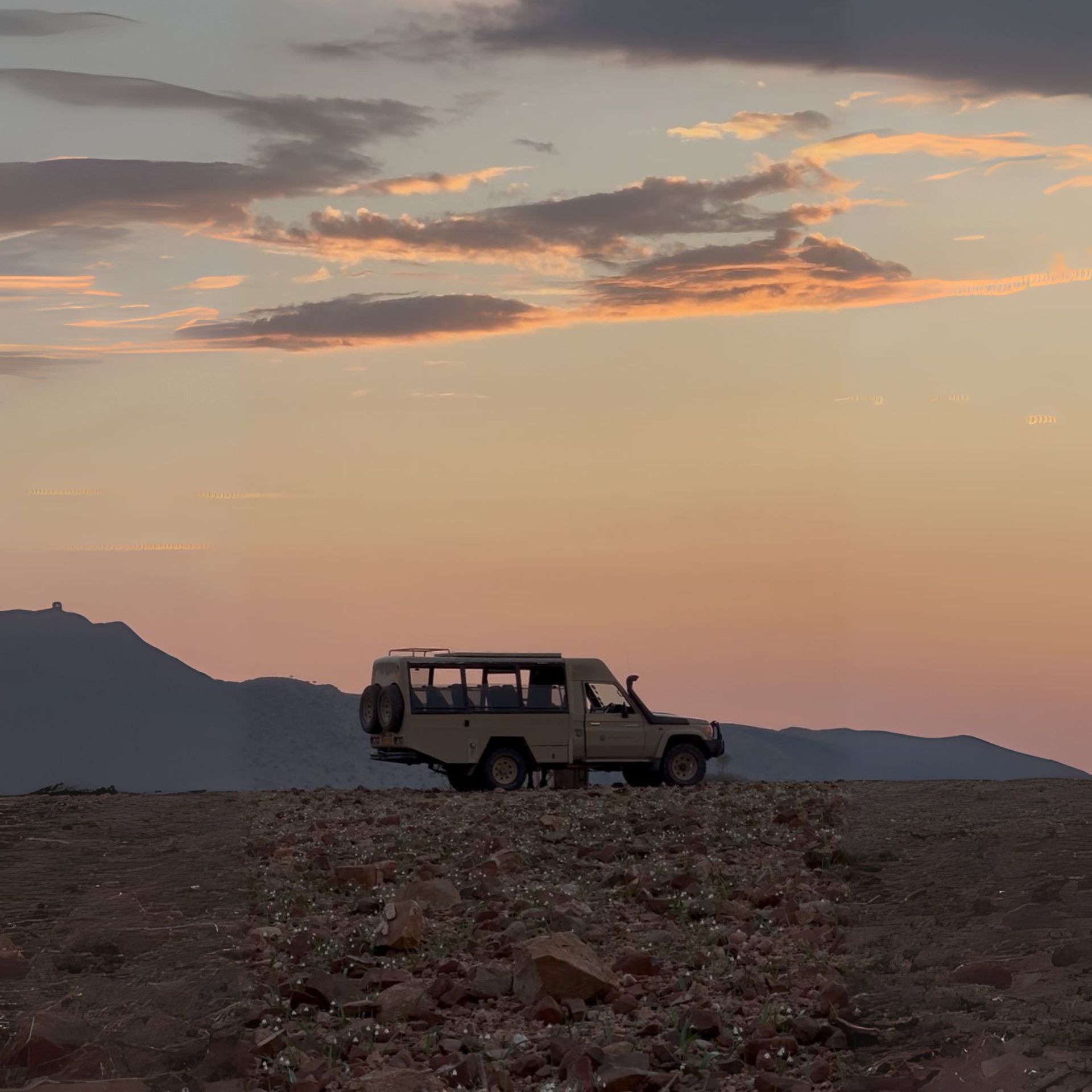Discover the Danakil Depression, one of the most unique and breathtaking places on Earth, where lava lakes, salt flats, and colorful mineral formations await.
I’ve traveled to over 135 countries, and after countless adventures, the Danakil Depression in Ethiopia remains the most impressive place I’ve ever seen. It’s unlike anything else on Earth—a combination of intense heat, bubbling lava lakes, vibrant sulfur fields, and surreal salt plains that make you feel like you’ve landed on another planet. If you’re ready for a raw, rugged adventure that will make you marvel at the wonders of our planet, the Danakil Depression should be at the top of your travel list.
This guide will take you through everything you need to know about planning a trip to the Danakil Depression—from its top attractions to safety tips and a 3-day itinerary. Whether you’re an avid traveler or someone seeking a truly unique experience, this place will change the way you see the world.

What is the Danakil Depression?
The Danakil Depression is located in northeastern Ethiopia, near the border with Eritrea. It’s one of the lowest points on Earth at 125 meters (410 feet) below sea level and is renowned as one of the hottest places on the planet, with temperatures frequently reaching above 40°C (104°F). This desert-like region is part of the Afar Triangle, a geological depression formed by the divergence of three tectonic plates.
It’s famous for its alien landscapes, characterized by active volcanoes, expansive salt flats, sulfur springs, and acid lakes. The area is sparsely populated by the Afar people, a nomadic tribe that survives in one of the harshest environments on Earth, mining salt and living a traditional lifestyle.
The Danakil Depression is not just a geographical wonder—it’s a place where you can witness the raw power of Earth’s forces at work.
Even though there is no internet in Danakil.
I recommend for Ethiopia in general an e-SIM with Airalo. With them, I bought a plan of 10 GB for my whole stay in the country.

Top Attractions in the Danakil Depression: Dallol, Salt Flats, and Lava Lakes
The Danakil Depression is home to several must-see natural wonders that make this destination so unique. Here are the top attractions you shouldn’t miss.
Dallol: The Most Colorful Place on Earth
Dallol is often referred to as one of the most colorful and surreal landscapes on the planet. It’s a geothermal field filled with vibrant sulfur springs, yellow and orange acid ponds, and mineral formations that look like something out of a science fiction movie. Walking through Dallol feels like stepping onto another world, where every turn offers a new and astonishing visual experience.
The colors come from a combination of sulfur, iron oxide, and other minerals, creating a vivid contrast against the barren desert surrounding it. Be prepared for the intense heat, but also for an unforgettable sight.

Erta Ale Volcano: Ethiopia’s Active Lava Lake
Erta Ale is one of only a few active lava lakes in the world and is undoubtedly one of the highlights of any trip to the Danakil Depression. The trek to the summit of this volcano is a once-in-a-lifetime experience, offering the chance to peer into a constantly bubbling lava lake. The 13-hour round-trip hike can be challenging, especially in the heat, but the reward is worth every step.
Standing on the crater’s edge, you can feel the heat rising from the lava below, illuminating the night with a fiery glow. It’s an awe-inspiring sight and a reminder of the Earth’s untamed power.
Read more: How to plan a visit to Lac Abbe and Lac Assal

Karum Salt Lake: Ethiopia’s Otherworldly Salt Plains
Karum Salt Lake (also known as Lake Asale) is a massive salt flat that stretches for miles, creating a blindingly white landscape under the blazing sun. The salt flats have been mined for centuries by the Afar people, who use camels to transport large slabs of salt across the desert.
The best time to visit Karum Salt Lake is during sunset when the light reflects off the salt crystals, casting an otherworldly glow over the entire area. This vast, quiet expanse is a stark contrast to the vibrant colors of Dallol but equally breathtaking in its own way.
Read more: A travel guide for Djibouti City
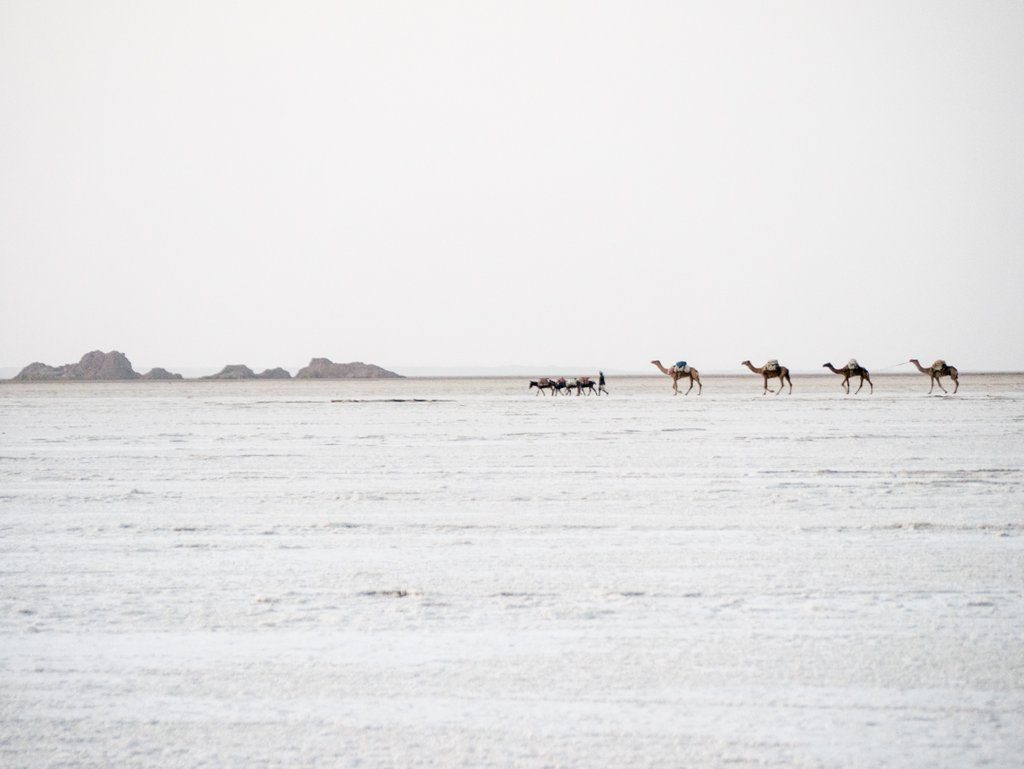
How to Prepare for a Trip to the Danakil Depression: Travel Tips and Safety
A trip to the Danakil Depression is an adventure in every sense of the word. While the landscapes are jaw-dropping, the conditions can be harsh and extreme. Here’s how to prepare for the journey.
Essential Gear for Visiting the Danakil Depression
Packing the right gear is crucial for a safe and comfortable trip. Here’s what you need:
- Light, breathable clothing for the extreme heat.
- Hiking boots for rugged terrain, especially if you’re planning to trek up Erta Ale.
- A wide-brimmed hat and sunglasses to protect yourself from the sun.
- Plenty of water—staying hydrated is essential in such a hot environment. Your tour operator might take care of this.
- High-SPF sunscreen to avoid sunburn.
- Dust mask or scarf to protect against sulfur fumes and dust.
- Headlamp or flashlight for nighttime treks, especially if you’re hiking to the Erta Ale volcano.
- Power Bank as there is no electricity or internet during the whole trip.
Safety Concerns and Health Tips for Travelers
The Danakil Depression is a remote and challenging destination, so safety is paramount. Here are a few key safety tips:
- Travel with a guided tour: Due to the harsh environment and proximity to the Eritrean border, it’s strongly advised to only travel with an experienced tour operator.
- Heat precautions: The extreme heat can cause dehydration and heatstroke. Drink water regularly and avoid strenuous activities during the hottest part of the day.
- Volcanic gases: If you’re visiting Erta Ale, be aware that volcanic gases can be dangerous. Listen to your guide and stay in designated safe areas.
- Medical supplies: Bring basic first aid items, as medical facilities in the area are limited.
How to Get There
The Danakil Depression is remote, and getting there requires some planning.
- Fly into Mekele or Addis Ababa: Most tours start from Mekele, a northern Ethiopian city. You can fly into Mekele or Addis Ababa and take a connecting flight.
- Book a tour: The best way to reach the Danakil Depression is through a guided tour, which typically includes transport, food, water, and accommodation. You can’t go to these places independently!
Tour operators such as Ethiopia Eco Tours and WorldSun Ethiopia Tours offer multi-day trips from Mekele, providing all the essentials needed for a comfortable journey into this extreme environment.
One of my favorite companies, Lupine Travel, also does tours to Danakil a few times a year.
INSIDE INFO: Many are concerned about Ethiopia’s current situation. I would suggest that if big companies like G-Adventures or Lupine are still planning these trips, the situation is good enough for you to travel. These companies can’t afford taking unnecesary risks and if they travel to a certain region, it means they feel confident enough that it is safe.
Read more: How to plan a trip to Lalibela and the rock churches of Ethiopia
Read more: Everything you need to know about planning a trip to Somaliland
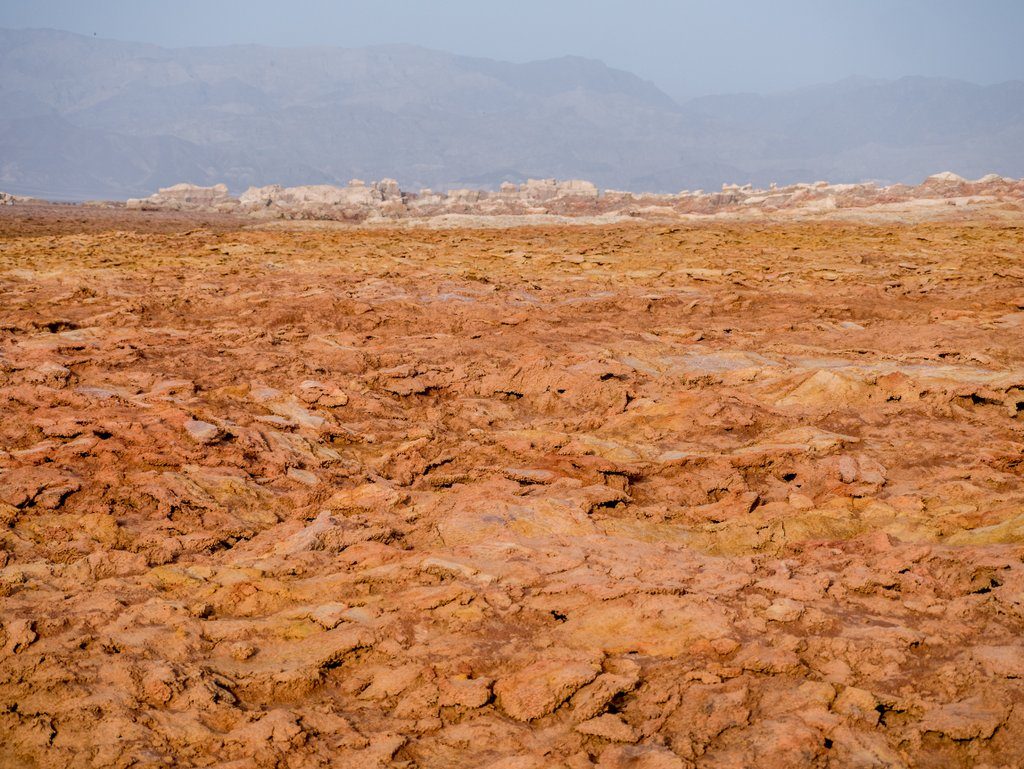
Best Time to Visit the Danakil Depression
The best time to visit the Danakil Depression is during the cooler months from November to February. During this period, temperatures are still hot but much more manageable, averaging around 30°C to 35°C (86°F to 95°F), compared to the blistering 45°C (113°F) and higher temperatures of the summer months.
While the cooler season is the most comfortable time to visit, it’s still essential to prepare for the heat. Avoiding the summer months is highly recommended unless you’re prepared for extremely high temperatures and difficult travel conditions.
Read more: Everything you need to know about Abuna Yemata Guh in Ethiopia

3-Day Itinerary for the Danakil Depression
Here’s a suggested 3-day itinerary for exploring the highlights of the Danakil Depression. This was almost the same itinerary I had. Keep also in mind that you might start in the Karum Salt Lake and finish in Erta Ale.
Day 1: Mekele to Erta Ale Volcano
- Start your journey in Mekele and drive to the base of Erta Ale. (7 hour drive)
- Begin the night trek up Erta Ale to reach the lava lake by midnight. (12km that take 4-5 hours)
- Camp near the crater and witness the lava lake glowing under the stars.
Day 2: Erta Ale to Dallol
- Descend from Erta Ale in the morning and drive toward Dallol. (10 hour drive)
- Visit the colorful geothermal fields of Dallol, exploring the vibrant sulfur springs and acid ponds.
- Spend the night camping under the stars in the Danakil Desert.
Day 3: Karum Salt Lake and Return to Mekele
- Visit the salt plains of Karum Salt Lake and watch the Afar people harvesting salt. (1 hour from Dallol)
- Enjoy the stunning views of the salt flats, especially during sunrise.
- Drive back to Mekele, marking the end of your Danakil adventure. (10 hour drive)
NOTE: Tours to Danakil always leave and return to Mekele. In my opinion you should book a few weeks in advance and confirm your tour a few times to avoid any missunderstanding.
Read more: How to cross from Djibouti to Somaliland

Prices for a Danakil Depression Tour: What’s Included and Excluded
The cost of a tour to the Danakil Depression varies depending on the duration, group size, and the level of comfort you desire. On average, a 3- to 4-day tour ranges from 300 EUR to 600 EUR per person with a local company. Most packages including essential amenities for such a remote and extreme environment. (The Danakil Depression tour with Lupine Travel costs 700 EUR, but the quality is as good as a 300-400 EUR tour with a local company).
My recommendation is to use a local company and do a Danakil tour that offers privacy, but also high quality.
What’s Included in a Danakil Depression Tour:
- Transportation: Tours typically provide 4×4 vehicles to navigate the rough and remote terrain of the Danakil Depression. Transport is often included from your starting point in Mekele or Addis Ababa.
- Accommodation: Due to the harsh environment, most tours provide basic camping setups. You’ll sleep in open-air camps, often under the stars, with sleeping mats and blankets provided.
- Meals: Full-board meals (breakfast, lunch, and dinner) are usually included. Expect simple but hearty food, often prepared by the tour operators, to sustain you in the extreme conditions.
- Guides: A knowledgeable local guide and often a security escort are part of the package. These guides are experienced in navigating the harsh landscape and provide invaluable information about the region’s geology, culture, and safety.
- Entrance Fees: Most tours cover entrance fees to the main attractions, including Dallol, Erta Ale, and Karum Salt Lake.
- Water Supply: Due to the extreme heat, an adequate supply of drinking water is a necessity and is typically provided throughout the trip.
What’s Excluded:
- Flights: Your flights to Mekele or Addis Ababa are usually not included in the tour price, so you’ll need to arrange these separately.
- Personal Gear: Items such as hiking boots, hats, sunscreen, and other personal essentials are not included. You’ll need to bring your own travel gear suited for the hot, rugged environment.
- Optional Tips: Tipping the local guides and drivers is customary in Ethiopia and is not included in the tour price. It’s recommended to budget for tips as a gesture of appreciation for their services.
- Visa and Travel Insurance: If applicable, your Ethiopian visa and travel insurance are not covered in the tour price. Be sure to arrange both well in advance of your trip.
Optional Extras:
- Camel Rides: Some tours offer camel treks, particularly in the salt flats. These are often available at an additional cost.
- Photography Permits: In certain areas, such as the salt flats where locals are working, you may need to pay a small fee if you wish to take photos.
Where to Go Next
After your expedition to the Danakil Depression, consider extending your trip to explore other parts of Ethiopia. The historic Lalibela Rock Churches or the stunning Simien Mountains are excellent follow-up destinations. For a more extended journey, you can also cross the border into Eritrea or travel further into Ethiopia to experience the diverse cultures and landscapes of this fascinating country.

